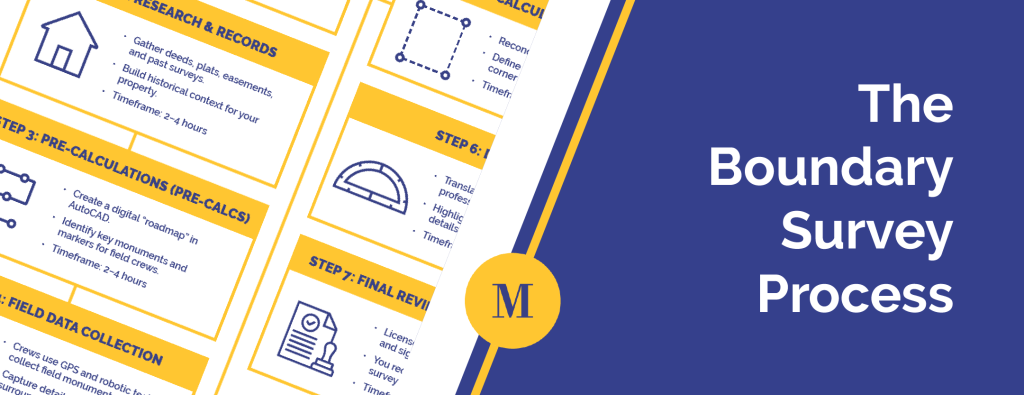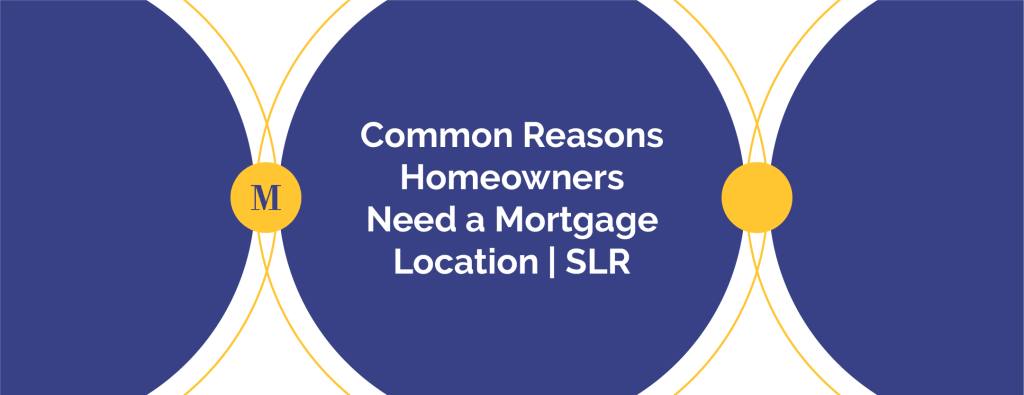Whether you’re buying, selling, refinancing, or building on a property in Ohio or Central Indiana, a land survey can be a critical and sometimes required step in the process. But one common question is who is responsible for paying for the land survey?
Let’s break it down clearly, based on common practices in our region, with insight from the McSteen team’s 50+ years of experience in land surveying.
Quick Answer: It Depends on the Transaction
The responsibility for paying for a land survey often comes down to the type of transaction and what the parties agree to during the negotiation. In most real estate transactions, it’s either:
- The buyer, if the lender or title company requires a survey.
- The seller, if it’s agreed upon in the contract or needed to resolve boundary issues.
- The lender or title company, in rare cases, as part of bundled service fees.
Let’s look at some common scenarios.
Home Purchases in Ohio or Indiana
Most residential property purchases in our region require some form of survey, especially if financing is involved.
- Buyer-Paid (Most Common) – When purchasing a home with a mortgage, the buyer is typically responsible for ordering and paying for a land survey. That’s because:
- Mortgage lenders require Mortgage Locations (in Ohio) and Surveyor Location Reports or SLRs (in Indiana) to confirm property lines and potential encroachments.
- Title companies often need a survey to issue clean title insurance.
- Seller-Paid (Negotiated) – In some competitive markets, sellers might agree to pay for a boundary survey upfront to help streamline the closing process and increase buyer confidence.
Refinancing or Building on a Property
Refinancing – If you’re refinancing your home, your lender may require an updated Mortgage Location or SLR, especially if the last survey is outdated or there have been structural changes. In these cases, the homeowner (borrower) usually pays for the survey as part of the closing costs.
New Construction- For new builds, builders or developers typically cover the costs of surveys or build the cost into their fees, including:
- Boundary Surveys
- Site Plans
- Construction Staking
- Draw Inspections
However, if you’re a homeowner building an addition or fence, you’ll likely be responsible for paying for the survey yourself.



